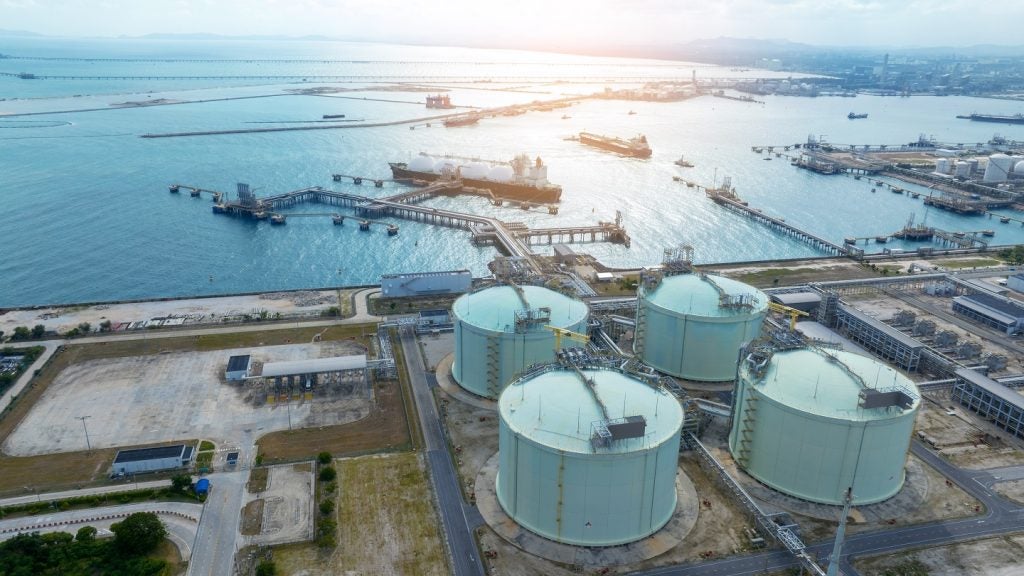Chevron Australia has started production of liquefied natural gas (LNG) from the third train at the Chevron-led Gorgon Project on Barrow Island off the north-west coast of Western Australia.
Chevron Australia managing director Nigel Hearne said that Gorgon has become an important new source of energy for customers in Western Australia customers and the Asia-Pacific region.
Hearne said: “This is a key milestone for the Gorgon joint venture participants, our workforce, customers, government and all those associated with the project over its lifetime should be extremely proud.
“We are committed to being a safe and reliable supplier and look forward to supplying cleaner-burning natural gas for decades to come.
“Along with our partners, we are delighted with the significant economic benefits generated by the Gorgon Project.”
See Also:
The Gorgon Project is a joint venture between the Australian subsidiaries of Chevron, ExxonMobil, Shell, Osaka Gas, Tokyo Gas and JERA.
How well do you really know your competitors?
Access the most comprehensive Company Profiles on the market, powered by GlobalData. Save hours of research. Gain competitive edge.

Thank you!
Your download email will arrive shortly
Not ready to buy yet? Download a free sample
We are confident about the unique quality of our Company Profiles. However, we want you to make the most beneficial decision for your business, so we offer a free sample that you can download by submitting the below form
By GlobalDataChevron holds 47.3% stake in the project along with the operatorship.
ExxonMobil and Shell each hold a 25% stakes in the project, while the remaining interests are held by Osaka Gas (1.25%), Tokyo Gas (1%) and JERA (0.417%).
The Gorgon Project is a three train, 15.6 million tonne per annum (Mtpa) LNG plant located on Barrow Island along with a domestic gas plant with a capacity to supply 300TJ of gas a day to Western Australia.
The project began production in March last year with the first cargo sailing the same month.
Gorgon Project features a large carbon dioxide injection facility that substantially reduces overall greenhouse gas emissions by nearly 40%.







